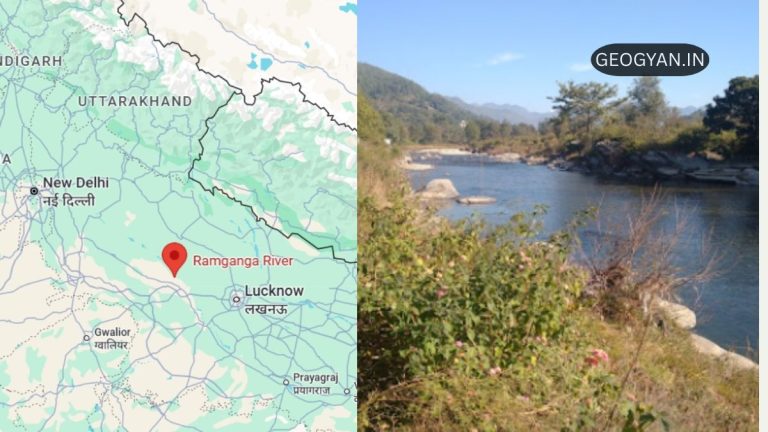When analyzing satellite images, we often focus on how clear and detailed they appear. While spatial resolution determines the arrangement of pixels, the radiometric resolution defines the actual information content in an image. This post will explain radiometric resolution in simple terms, its importance in remote sensing, and how it affects image quality.
Imagine you are taking a photo with your mobile phone in low light. A camera with better sensitivity captures finer details in shadows and highlights, whereas a lower-quality camera might lose details in dark or bright areas. This concept is similar to radiometric resolution in remote sensing.
What is Radiometric Resolution?
Radiometric resolution refers to a sensor’s ability to detect small differences in electromagnetic energy. It determines how precisely an imaging system can measure the intensity of reflected or emitted light. The higher the radiometric resolution, the better the sensor can differentiate between subtle variations in brightness levels.
Think of radiometric resolution like adjusting the brightness on your television or computer screen. If the screen has only a few brightness levels, the image will look washed out or too dark in some areas. A higher radiometric resolution ensures that even slight differences in brightness are visible, just like a high-quality display showing better contrast in a movie scene.

How Radiometric Resolution Works
When an image is captured by a sensor, it is stored as digital numbers (DN) in a binary format. These numbers range from 0 to (one less than) a selected power of 2, depending on the number of bits used.
For example:
- 1-bit resolution = 2 levels (black and white)
- 4-bit resolution = 2^4 = 16 levels (shades of gray from 0 to 15)
- 8-bit resolution = 2^8 = 256 levels (shades from 0 to 255)
- 16-bit resolution = 2^16 = 65,536 levels (extremely fine detail)
Consider an old video game with limited colors versus a modern high-definition game with realistic shading and textures. The old game had fewer brightness levels, making the graphics appear less detailed. A higher radiometric resolution works similarly, capturing finer variations in brightness for more realistic and useful imagery.
Importance of Radiometric Resolution
- Enhanced Image Detail: Higher radiometric resolution allows sensors to capture finer variations in light intensity, improving overall image quality. Think of watching a high-resolution movie versus a low-quality video. The better the resolution, the more details you can see.
- Better Data Analysis: In applications like climate studies, vegetation mapping, and mineral exploration, higher resolution ensures more precise measurements. For example, detecting small temperature changes in weather forecasting requires sensors with high radiometric resolution.
- Improved Contrast and Visualization: Higher bit-depth images display better gradation in shades, making it easier to distinguish between different features in an image. Just as a high-end digital camera captures more subtle color tones in a landscape photo, remote sensing images with higher radiometric resolution show more details in geographical features.
Example Comparison
Let’s compare a 2-bit image with an 8-bit image:
- A 2-bit image can only show four shades (0, 1, 2, 3), leading to a blocky and less detailed appearance, similar to early computer graphics or old black-and-white televisions.
- An 8-bit image can represent 256 shades, offering smoother transitions and more detailed visualization, much like modern HD televisions that display richer and more vibrant visuals.
Conclusion
Radiometric resolution plays a crucial role in remote sensing by determining how finely an image can represent brightness levels. Higher radiometric resolution results in more detailed and accurate image data, which is essential for scientific research, environmental monitoring, and geographic analysis.
Understanding this concept helps students and professionals interpret satellite imagery more effectively, leading to better decision-making in various fields. Next time you adjust the brightness settings on your phone or notice the difference between a high-quality and low-quality photo, remember that the same principle applies to remote sensing imagery!




























